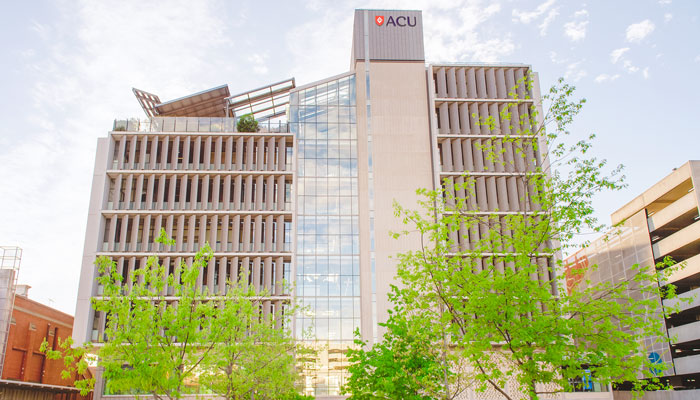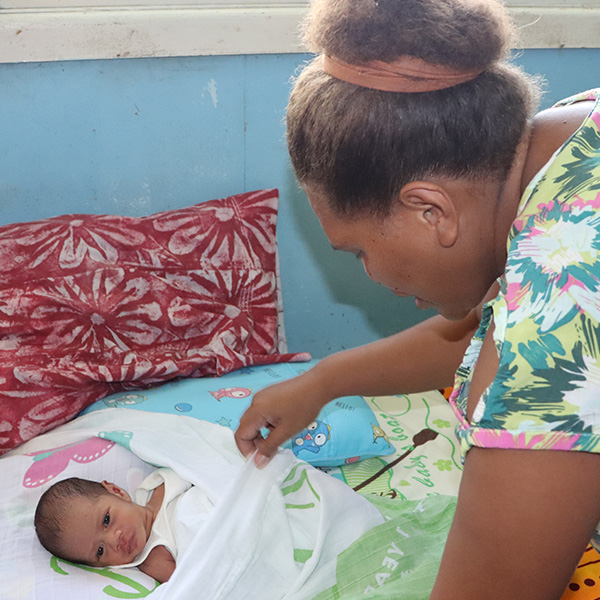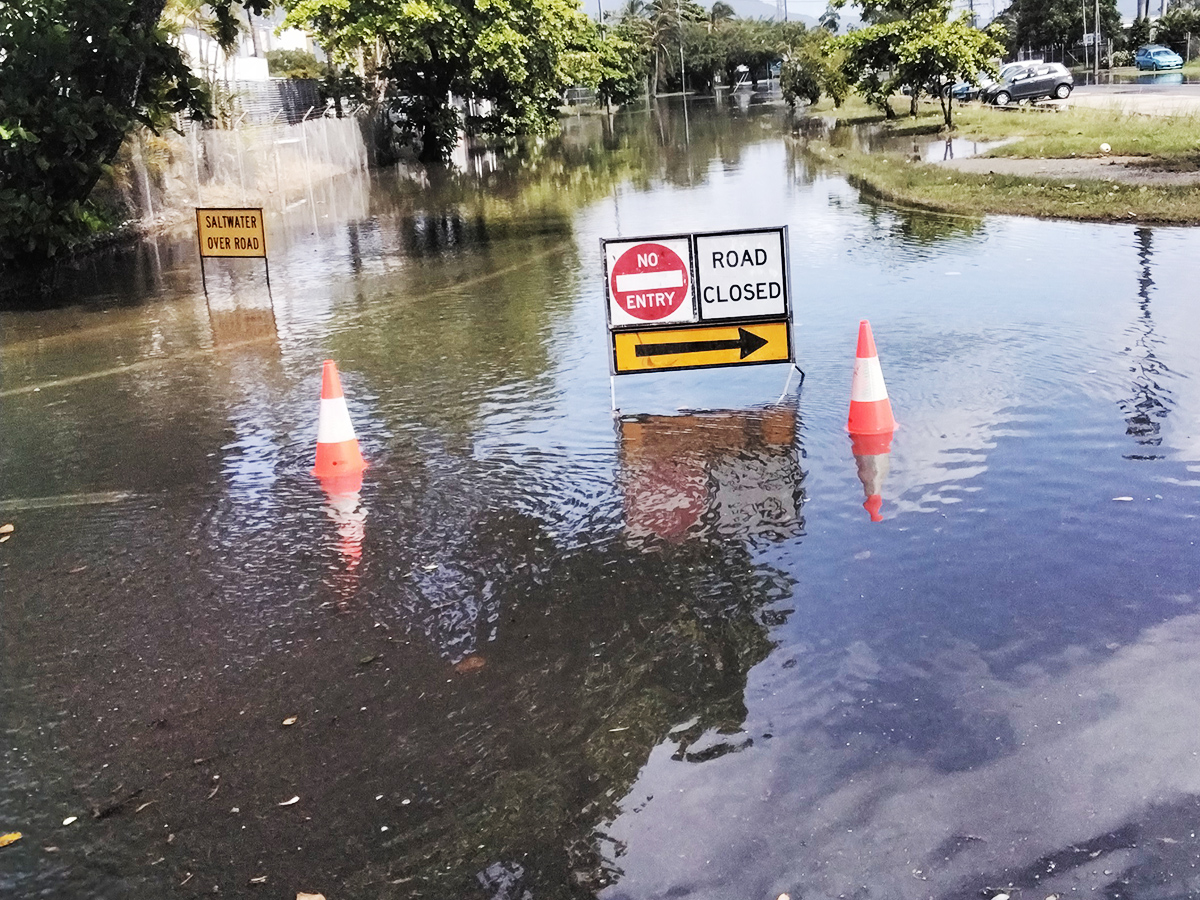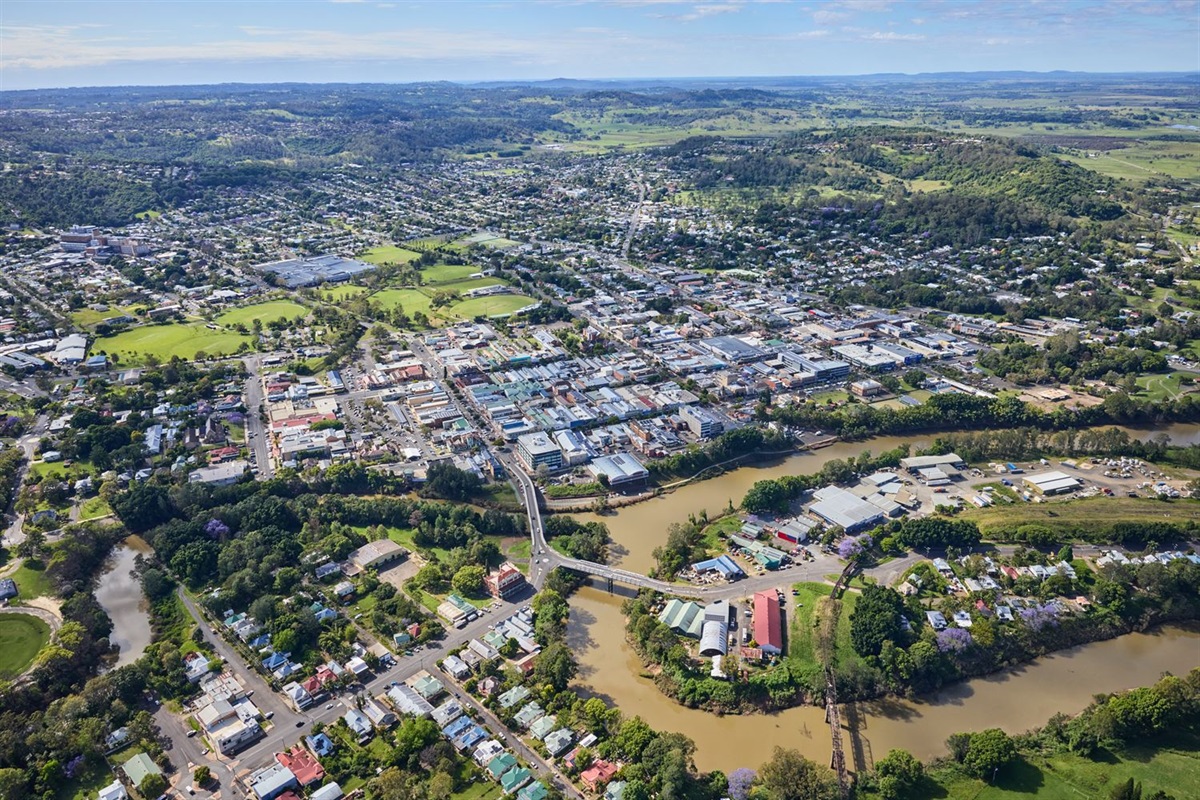SA Health has identified a cluster of Tuberculosis cases in the Murraylands. Work is underway to ensure all cases are provided with treatment, with high-risk close contacts followed up and screened.
The cases are not linked to the outbreak in the Aṉangu Pitjantjatjara Yankunytjatjara (APY) Lands.
The cluster consists of five cases of active Tuberculosis. This includes one historical case from 2018 who has been linked to the new cases by genomic testing. The four new active cases diagnosed since April 2023, includes a child under the age of five years. Most cases are linked as close family members.
SA Health does not believe there is risk to the wider community. High-risk contacts are those people considered to have frequent, prolonged and close contact with an active case, such as living in the same household or dwelling. Determining whether someone is a high-risk close contact is made by clinicians in the SA TB service.
The SA TB service within the Central Adelaide Local Health Network is being supported by the Aboriginal Public Health team, Department for Health and Wellbeing and the Women’s and Children’s Health Network to coordinate testing, treatment of cases and contact tracing.
Close liaison is also being undertaken with the Riverland Mallee Coorong Local Health Network (RMCLHN), local GPs and the Moorundi Aboriginal Community Controlled Health Service.
Assessments aim to detect and treat both active and latent tuberculosis and, so far, health officials have also identified nine people with latent infections of Tuberculosis.
People with latent Tuberculosis, or ‘sleeping’ Tuberculosis, do not have symptoms and cannot spread the infection, but over time, it can progress to active Tuberculosis. Symptoms of active Tuberculosis include a bad cough that lasts longer than two weeks, pain in the chest and coughing up blood or phlegm, and sometimes recurrent fevers and weight loss.
Quotes attributable to Chief Public Health Officer, Professor Nicola Spurrier
One of the newly diagnosed active cases is a child under the age of five which is particularly concerning because children are at higher risk of developing severe and more widespread active disease.
Our response for this outbreak will focus on high-risk contacts, who have had frequent, prolonged, and close contact with the initial case, including children.
Treatment is being provided to all active cases and people with latent infections to help contain the cluster.








